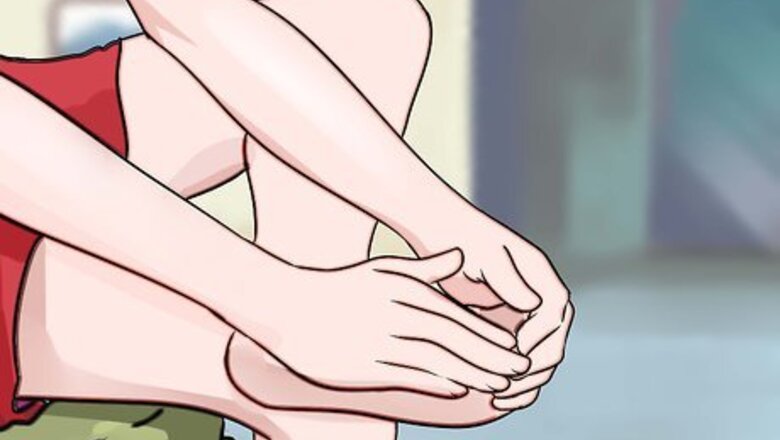
views
Relieving Toe Cramps
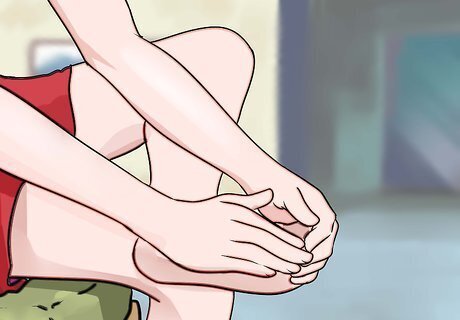
Massage your feet and toes. You can massage the muscles of your feet and toes to help relieve toe cramps. As you massage your feet and toes, pay special attention to the arches of your feet and the muscles between your toes that run along the top of your foot. It's best to massage your foot in the opposite direction of the cramp. If you feel a knot in one of the muscles in your feet or toes, use your thumb to apply pressure to the knot for three to five seconds and then release. Repeat the massage two to three times or until the cramp goes away. You can use a massage roller or tennis ball to roll over with your foot. You can use a frozen water bottle, providing ice relief at the same time.
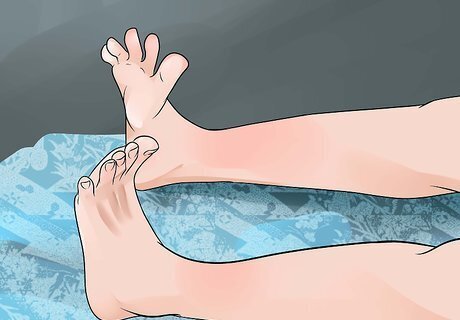
Stretch and wiggle your toes. Performing a simple toe stretch followed by some toe wiggling may also help to get rid of your toe cramps. Stretching and wiggling your toes can help to relax the muscles that are causing your toes to cramp. To do a toe stretch, sit on the floor or on your bed with your legs out in front of you. Then, flex your toes forward and hold for a few seconds. Then, pull them back and hold for a few more seconds. Next, spread your toes out as far as they will stretch. Try to spread out your toes enough so that they are not touching each other. Then, repeat the process of bending your toes forward and back. Spread your toes again and then start to wiggle your toes. Keep wiggling your toes until the cramp goes away. Sometimes stretching the calf muscles can also ease off the tightness in the foot and toes. Simply stand facing a wall, positioning one foot in front of the other — the affected foot should be the back foot. Lean forward in a lunge, feeling a stretch in the calf of the back leg. Hold this position for 30 seconds. Repeat four to five times.

Hold a toe and foot stretch until the cramp is gone. If you find it hard or ineffective to stretch and wiggle your toes, then you may need a more powerful stretch. You can use your hands to help you stretch your toes and get rid of toe cramps. To stretch your toes with your hands, sit down with the cramping foot crossed over your other knee. Then, grab your toes and pull them back slightly so that you feel a stretch. Hold this stretch for three to five seconds and then release. Repeat this stretch until the cramp is gone.
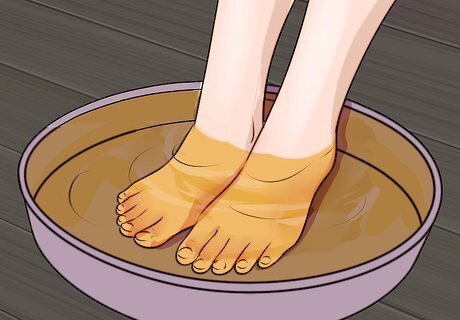
Soak your toes in a warm bath. You may also find it helpful to soak your toes in a warm bath or foot tub. The heat will relax the muscles in your feet and toes and help to increase blood flow. You can also add Epsom salts to the foot bath for some added relaxation. To use warm water to get rid of toe cramps, pour yourself a warm bath or fill a foot tub with warm water. If using a bath, then add about one to two cups of Epsom salts to the bath. If using a foot tub, then add a couple of tablespoons of Epsom salts to the tub. Immerse your feet in the bath or soak them in the foot tub for about 15–20 minutes to relax the cramps away.

Go for a walk. Staying active can help to prevent foot and toe cramps and it may also help to relieve them. If you get a cramp in your toes, try going for a quick walk to relieve the cramp. Try to incorporate a few short walks into your daily routine to help prevent and treat toe cramps throughout the day.
Preventing Toe Cramps
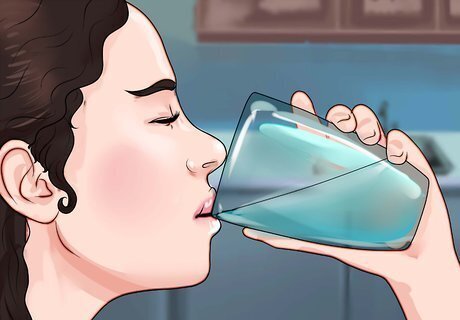
Stay hydrated. Toe cramps may be caused by dehydration, so make sure that you drink plenty of water. Try to drink at least six to eight 8-ounce glasses of water every day to stay hydrated. If you are active, then you may need to drink more.

Take a multivitamin. You may also get toe cramps because of a mineral deficiency. One way to ensure that you are getting enough minerals is to take a daily vitamin that includes 100% of your daily value of vitamins and minerals. Make sure that the multivitamin you choose contains sodium, magnesium, calcium, and potassium. A deficiency of any of these four minerals may cause leg cramps. Follow the manufacturer’s instructions for how to take the supplement and talk to your doctor if you have any questions about choosing the right supplement for you. Eat a well-balanced diet as well to help prevent toe cramps. Include plenty of fruits, vegetables, whole grains, and lean protein in your diet.
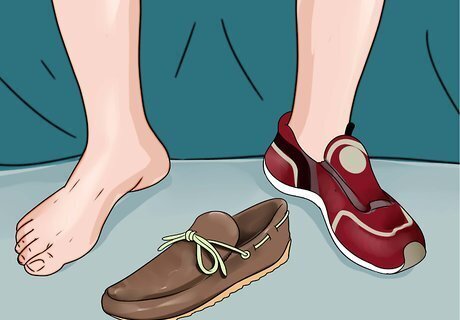
Wear comfortable footwear. Uncomfortable shoes may also lead to foot cramps for some people. Try to choose low-heeled shoes with wide toe-boxes. Avoid narrow toed shoes that make it hard or impossible for you to move your toes. You should be able to wiggle your toes in your shoes.
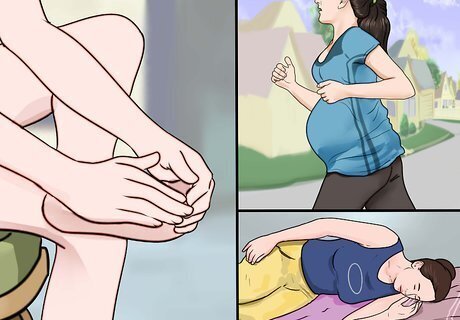
Stretch your toes and feet often. Stretching your toes and feet more often may also help to prevent toe cramps. Make sure that you stretch your feet, toes, calves, and legs before you do any exercise and before you go to bed.
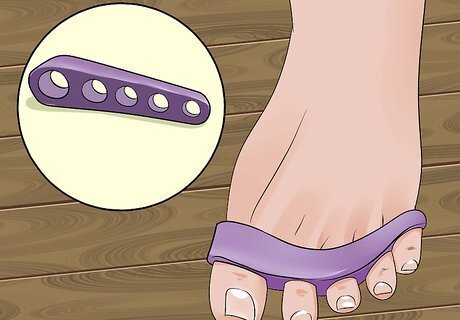
Try toe stretchers. You can also wear toe stretchers at night if you are prone to toe cramps while you sleep. Toe stretchers keep your toes separated from each other and help to stretch the small muscles around your toes as well. You can find toe stretchers in the beauty section of drug stores. They are meant to be used to keep toes apart during a pedicure, but they may also help prevent toe cramps.
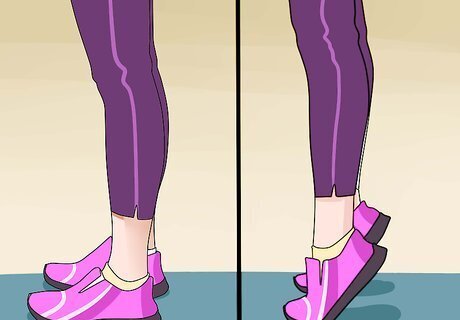
Perform strengthening exercises. Strengthening exercises can fortify the foot and tendons and muscles that act directly on the toes. One exercise is doing calf raises. Stand with your hands steady against the wall or a chair. Raise your heels up, hold for five seconds and then come back to neutral. Repeat eight to 10 times. You can also work on towel curls. Place a flat towel on the ground. Put your foot over the towel, and attempt to roll it up using your toes. Once you do, use your toes and foot to roll the towel back out. Do this exercise about three times a week.

Keep your toes and feet warm. If your feet and toes get cold, then this may lead to cramping as well. Wear socks or slippers around the house and wear warm socks with appropriate footwear when you go outside. Try using a heating pad to warm your feet if warm socks are not enough.
Getting Medical Help

See your doctor if foot cramps are chronic or do not improve. Foot and toe cramps may be a symptom of an underlying medical condition, so you should see a doctor as soon as possible if your foot cramps continue for more than two weeks or if stretching and other remedies do not help. Some of the conditions associated with foot cramps include: Thyroid disorders Nerve damage Parkinson’s disease Multiple sclerosis Vitamin D deficiency Diabetes Peripheral Neuropathy

Take a pregnancy test. Foot, leg, and toe cramps are more common if you are pregnant, so you may want to take a pregnancy test if you have noticed an increase in these symptoms. If you are pregnant, then you should talk to your doctor about how you can manage your toe cramps.
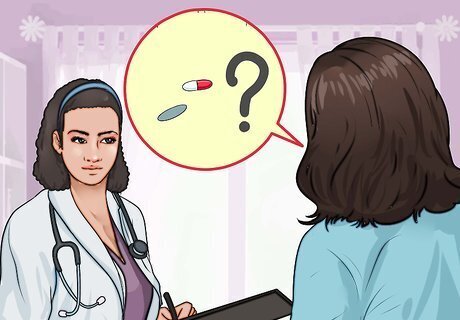
Ask about your medications. Some medications can cause foot and toe cramps as a side effect, so you may want to ask your doctor to see if your medication are to blame. Your doctor may be able to switch your medication or try a different dosage to minimize this side effect. Some of the common medications that have been known to cause cramps are diuretics and cholesterol-lowering medications such as statins.










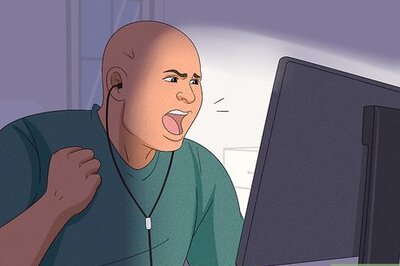
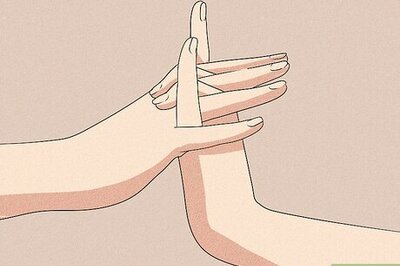

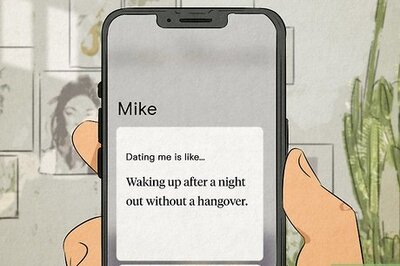



Comments
0 comment